PART 1 You’ve been channel surfing, and nothing seems to pique your interest. We’ve compiled a list of 37 movies total, in two separate blogs, that have been previously reviewed and featured in The New Barker dog magazine, over the years. The list does not include every dog-themed movie ever made, just some of our favorites. So please feel free to add your own favorite movie in the comments section below.
We’ve included a brief description, the movie poster and a link to the trailer for each movie. We’ve also thrown in a couple of short films for you to watch as well.
We figure if you watch two films a day, you’ll be doggone occupied for around 20 days. #StayHomeStayHealthy
ROMANCE.
1. As Good As It Gets was released in 1997. Directed by James L. Brooks, the film stars Jack Nicholson, Helen Hunt and Greg Kinnear. Nicholson and Hunt each won an Academy Award for Best Actor and Best Actress for the film. Jill the Dog plays Verdell, the Brussels Griffon.
As Good As It Gets movie trailer
###
2. Darling Companion was released in 2012. Directed by Lawrence Kasdan and his wife Meg, the film stars Diane Keaton and Kevin Kline. Beth (Keaton) forms a strong friendship with a dog she rescues along the highway. She becomes upset when her husband, Joseph (Kline), loses the dog. They end up engaging the service of a psychic gypsy to find Freedom, the dog, played by two dogs, Kasey and Kuma. The cast includes Dianne Wiest, Elisabeth Moss, Richard Jenkins, Mark Duplass, and Sam Shepard.
Darling Companion movie trailer
###
3. Must Love Dogs was released in 2005 and is based on Claire Cook’s 2002 novel of the same name. Directed by Gary David Goldberg, the film stars Diane Lane, John Cusack, Elizabeth Perkins, and Christopher Plummer. At 40-something Sarah Nolan (Lane) dreads the thought of re-entering the dating scene. Her family has other ideas and creates an online personal ad that describes Sarah as, among other things, voluptuous. They include that any man of hers must love dogs. Two six-month-old Newfoundland puppies, Molly and Mabel, alternated for the role of Mother Theresa, the dog character in the film.
Must Love Dogs movie trailer
###
4. Beginners. When it comes to relationships, we’re all beginners. Directed by Mike Mills, the film shows us how deeply funny and transformative life can be, even at its most serious moments. Released in 2011, Beginners stars Ewan McGregor, Christopher Plummer, Melanie Laurent, and Goran Visnjic.
After the death of his mother, Oliver (McGregor) finds out his father (Plummer) has cancer. His father also announces that he’s gay, after being married to Oliver’s late mother for 38 years. Beginners is a story about how both father and son each find love. And Arthur, the Jack Russell Terrier, seems to be the only one holding everything in perspective by communicating in subtitles.
Beginners, the movie trailer
###
5. The Truth About Cats and Dogs was released in 1996. Directed by Michael Lehmann, the cast includes Uma Thurman, Janeane Garofalo, Ben Chaplin, and Jamie Foxx. Abby Barnes, (Garofalo) is a veterinarian who has a successful radio talk show. Her best friend, Noelle Slusarsky (Thurman), is mistaken for Abby when Brian (a listener) comes to the studio to meet Abby. As the real Abby woos Brian over the phone and radio, Noelle, the pseudo-Abby, takes her place in person. Thank goodness for Hank, the big ole goofy dog in the film.
The Truth About Cats and Dogs movie trailer
###
6. The Art of Racing in the Rain. Based on the best-selling novel by Garth Stein and directed by Simon Curtis, the film’s cast includes Milo Ventimiglia, Amanda Seyfried, Kathy Baker, Martin Donovan, Gary Cole, and Kevin Costner as the voice of Enzo, the witty and philosophical dog.
Denny (Ventimiglia) is an aspiring Formula One race car driver. Enzo, his dog, has gained tremendous insight into the human condition through his bond with Denny. Enzo understands that the techniques needed on the racetrack can also be used to successfully navigate the journey of life.
Parker is the Golden Retriever who played Enzo in the film, which was released in 2019. The bond between Ventimiglia and Parker was so close during the filming, that Parker’s trainer worried about the dog’s stress level during a particularly emotional scene. Besides Parker, it took several canines to cover the span of Enzo’s life during filming: Butler, Solar, Orbit and 8 to 12 puppies.
“In Mongolia, when a dog dies, he is buried high in the hills so people cannot walk on his grave. The dog’s master whispers in the dog’s ear his wishes that the dog will return as a man in his next life. Then, his tail is cut off and put beneath his head, and a piece of meat is placed in his mouth to sustain his soul for its journey; before he is reincarnated, the dog’s soul is freed to travel the land, to run across the high desert plains for as long as it would like. I learned that from a program on the National Geographic Channel, so I believe it is true. Not all dogs return as men, they say; only those who are ready. I am ready.” –Garth Stein, The Art of Racing in the Rain.
The Art of Racing In The Rain movie trailer
###
7. Boundaries. Released in 2018, the film is directed by writer Shana Feste with a cast that includes Vera Farming and Christopher Plummer (starting to see a pattern here?). Yes, we love Christopher Plummer, and he loves dogs. Also in the cast: Lewis McDougall, Christoper Lloyd, and Peter Fonda.
Laura (Farming) is a single mom raising her 14 year-old son Henry (McDougall). When she finally agrees to meet with her estranged father Jack (Plummer), she is forced to drive him across country after he’s kicked out of yet another nursing home. Along the way, Laura cannot resist the urge to rescue stray dogs.
Boundaries movie trailer
###
LIFE IS SO MUCH BETTER WITH DOGS
8. A Dog’s Life starring Charlie Chaplin as the Little Tramp. Billed as his first million dollar movie, the silent film was released in April 1918.
In the movie, Charlie Chaplin plays a jobless man with few prospects for employment. He tries to steal food from a lunch cart and is nearly caught by a police officer. Later, Charlie saves a stray dog, Scraps, from other dogs and they become friends. In addition to Charlie Chaplin, the film’s cast includes Edna Purviance, Syd Chaplin, Henry Bergman, Charlie Reisner, and Albert Austin. Scraps is played by dog actor Mut, described as “a thoroughbred mongrel” in the film credits. The link for the full movie, about 35 minutes, is below. It’s a true classic.
A Dog’s Life, the full movie.
(if the link jumps a few seconds forward, roll back the film to the opening credits).
###
9. A Dog’s Purpose. Based on the best-selling book by W. Bruce Cameron, the cast of the 2017 film includes Dennis Quaid, Josh Gad (who voices the devoted dogs Toby, Bailey, Ellie, Tino, Waffles, Buddy) and Peggy Lipton. Lasses Hallstrom directed the film.
The story is about a dog who hopes to discover his purpose in life over the course of several lifetimes and owners.
Prior to the film’s debut, the movie’s PR team invited The New Barker team to be part of its Florida promotion. As we were gearing up, promoting the film and giving away opening night passes, controversy hit when a video showing alleged animal abuse on the set was released by TMZ. PETA further sensationalized the scandal to serve its own cause. The film’s Los Angeles premiere was cancelled. The film went on to make $140.5 million worldwide, off a $22 million production budget.
Side notes: Bradley Cooper was originally slated to provide the voice of the dogs in A Dog’s Purpose. Director Hallstrom also directed Mitt liv som hund (My Life as a Dog), a 1985 Swedish film about a young boy who is sent to live with relatives. High tissue alert and strong adult content for My Life as a Dog (trailer). Hallstrom also directed Chocolat and The Hundred-Foot Journey. I mention these two films in this blog because they are two of my favorites (and they’re about food). Check them out if you need a break from watching dog movies.
A Dog’s Purpose movie trailer
###
10. A Dog’s Way Home. The 2019 film, directed by Charles Martin Smith, is the second in the 3-part A Dog’s Purpose series by W. Bruce Cameron. Cameron shares the screenplay writing credits with his wife, Cathryn Michon.
The story chronicles the adventures of Bella, (voiced by Bryce Dallas Howard) a dog who embarks on a 400-mile journey home after she is separated from her human. The cast includes Ashley Judd, Jonah Hauer-King, Edward James Olmos, and Alexandra Shipp. Several dog stars are in the film, including Shelby (who plays Bella), Gusto, Murphy, Jaime, Harlan, and Sarge.
A Dog’s Way Home movie trailer
###
11. A Dog’s Journey. Released in 2019, the film is the third in the 3-part A Dog’s Purpose series. It’s based on the 2012 novel of the same name by W. Bruce Cameron and stars Josh Gad (again as the dog’s voice), Dennis Quaid, Marg Helgenberger, Betty Gilpin, Kathryn Prescott, and Henry Lau. This film is directed by Gail Mancuso.
Bailey, an elderly St. Bernard/Australian Shepherd mix, is living his best life with his owner Ethan and wife Hannah. Their perfect world starts to unravel when their daughter-in-law decides to move away with their granddaughter. Soon, Ethan discovers a big lump in Bailey’s stomach. As Ethan holds Bailey in his arms, he whispers his final words, asking the dog to take care of their granddaughter, C.J. Then, the story of Bailey’s new life, taking on another purpose, unfolds.
A Dog’s Journey movie trailer
###
COMING OF AGE AND A TOUCH OF SPORTS
12. My Dog Skip. One of my favorite stories, based on the autobiographical novel of the same name, authored by Willie Morris.
Against his father’s wishes, Willie’s mother gives him a Jack Russell Terrier for his ninth birthday. Growing up in the early 1940s with Skip by his side fundamentally changes several aspects of Willie’s life. Released in March 2000, directed by Jay Russell, the cast includes Frankie Muniz as Willie, Diane Lane, Luke Wilson, and Kevin Bacon. The film is narrated by Harry Connick Jr.
My Dog Skip won the Broadcast Film Critics Award for “Best Family Film” for the year 2000. It grossed $35,512,760 worldwide on a $4.5 million budget. Three dog actors played the part of Skip: Sweetie is Skip as a puppy. Enzo as Skip throughout most of the film, and Moose as a senior Skip.
My Dog Skip movie trailer
###
13. The Sandlot. This 1993 classic takes place in the summer of 1963. Scotty, the new kid in town, is taken under the wing of a young baseball prodigy and his rowdy team. When the team’s catcher hits a home run into a backyard, Scotty attempts to retrieve the ball but is stopped by one of the other boys. The Beast, a junkyard dog, is on the other side. Neighborhood legend has the dog so big and savage, that many baseballs have been hit and lost into the yard over the years.
“Man, this is baseball. You gotta stop thinking.”
Directed by David Mickey Evans, the cast includes Art Lafleur (as The Babe), Tom Guiry, Mike Vita, Patrick Renna, Marty York, Denis Leary, Karen Allen, and James Earl Jones. The Beast – a.k.a. Hercules, is an English Mastiff. Two dog actors played The Beast in the film (with a bit of puppetry thrown in for good measure).
The Sandlot movie trailer
###
14. Because of Winn Dixie. This is a good family film based on the children’s novel written by Kate DiCamillio in 2000. The film, directed by Wayne Wang, was released in 2005, with a cast that includes Jeff Daniels, Cicely Tyson, Eva Marie Saint, and introduces AnnaSophia Robb as Opal. Dave Matthews, with guitar in hand, appears as Otis.
After moving to a town in Florida with her father, lonely Opal is soon adopted by a dog she names Winn Dixie. As film critic Roger Ebert wrote of the film, “It’s similar to the movie My Dog Skip. The difference between the two films is that My Dog Skip is made with a complexity that appeals to adults as much as children, while Because of Winn Dixie seems pretty firmly aimed at middle school children and younger.”
Lyco and Scott, Picardy Shepherds, were hired to portray Winn Dixie in the film.
Because of Winn Dixie movie trailer
###
COMEDY
15. Best In Show. Whether you’ve never seen this movie, or haven’t seen it in some time, now is as good a time as any, since laughter is the best medicine. Billed as a mockumentary comedy, the film was co-written by Christopher Guest and Eugene Levy. Released in 2000, it features a cast of characters – humans and dogs – competing at a national dog show. The cast includes Levy and Guest alongside Parker Posey, Catherine O’Hara, Michael Hitchcock, Jane Lynch, Fred Willard, and so many more.
Christopher Guest, who portrayed Nigel Tufnel in This Is Spinal Tap(1984) and Count Tyrone Rugen in The Princess Bride(1987)—and his wife, actress Jamie Lee Curtis, had two dogs, leading the writer/director to make frequent trips to the local dog park. “There were people with purebred dogs, with mutts and so on, and as I mingled with them I started thinking that this might be an interesting idea to explore in a movie,” Guest said in the film’s official production notes. Guest called fellow writer/actor Eugene Levy with his idea and the two collaborated on what was a mostly improvisational film (the script was only 16 pages long) that would become a cult classic.
While doing research for the film, Levy attended many dog shows and said of them, “It’s a very unusual world. I was surprised at the intensity involved. This is a full-time thing for these people; they live and breathe dog shows and every weekend, they’re out there traveling hundreds of miles to spend several hours sitting with the dog before going in the ring for sixty seconds of fame. What is it that drives people to do this?”
By the way, no dog club would allow the crew to film on-site, so the filmmakers had to create their own imaginary dog show, The Mayflower Kennel Club Dog Show.
Best In Show movie trailer
###
ANIMATION
16. The Secret Life Of Pets. The quiet life of a Terrier named Max is upended when his owner takes in Duke, a stray dog. Released in 2016 and co-directed by Chris Renaud and Yarrow Cheney, the animated adventure comedy features a who’s who of actors voicing the characters. Eric Stonestreet, Kevin Hart, Albert Brooks, and Dana Carvey, to name a few.
Side note: Universal’s corporate synergy is high in this film. Billboards for NBC Universal properties The Tonight Show Starring Jimmy Fallon and Saturday Night Live can be seen on buildings outside the apartment building. Another sign has the YouTube logo and says, “Most Viewed Video Of The Day.”
The Secret Life Of Pets movie trailer
AND
The Secret Life Of Pets II movie trailer
###
17. Frankenweenie. The Tim Burton film is a stop-motion, black and white animated comedy inspired by The Bride of Frankenstein. Burton employed about 33 animators to produce five seconds of film per week.
The story involves young Victor Frankenstein and his dog Sparky, who runs into the street and is blindsided by a car. Victor is heartbroken, burying the dog under a tombstone. Victor is also a science-crazy kid with a weird laboratory set up in his attic. The frogs in his lab inspire him to dig up Sparky and smuggle him into the attic. You can probably guess the rest. Sparky has much the same manic personality as before, “although like your cellphone, he sometimes needs to be recharged,” wrote movie critic Roger Ebert. And, his tail or an ear will fly off when he becomes too eager.
Released in 2012, the cast of actors voicing the characters include Catherine O’Hara, Martin Short, Martin Landau, Charlie Tahan (as Victor), and Winona Ryder.
Side Note: Burton originally made a short film for Disney, Frankenweenie, in 1984 starring Shelley Duvall, Daniel Stern, Sophia Coppola, and Barret Oliver. The link to that movie trailer is just below the 2012 Frankenweenie movie trailer.
Frankenweenie (2012) movie trailer
Frankenweenie (1984) movie trailer
###
18. Cats and Dogs. Directed by Lawrence Guterman, the film was released in 2001. There’s a high-tech espionage war going on between cats and dogs, of which humans are blissfully unaware. The movie combines live action with animation and stars Jeff Goldblum and Elizabeth Perkins. A cast of actors voice the dogs and cats, including Toby Maguire, Alec Baldwin, Sean Hayes, Susan Sarandon, Joe Pantoliano, Michael Clarke Duncan, Jon Lovitz, and Charlton Heston.
Cats and Dogs movie trailer
###
19. My Dog Tulip. There is just not a more beautiful description of this lovely film than the one by film critic Roger Ebert. “My Dog Tulip is the story of a man who finds love only once in his life, for 15 perfect years. It is the love of a dog. It may be the only love he is capable of experiencing. As other men write books about a woman in their life, J.R. Ackerley wrote a book about a German Shepherd he rescued from a cruel home. My Dog Tulip has been a private discovery by many readers for years, and now it becomes an animated film that combines elating visuals with a virtuoso voice performance by Christopher Plummer.” Lynn Redgrave and Isabella Rossellini also lend their voices to the film.
While animated, the film is not intended for children. It is told from and by an adult in a tone that understands loneliness, gratitude and the intense curiosity we feel for other lives, man and dog.
Released in 2011, the film was directed and animated by Paul and Sandra Fierlinger. It’s Fierlinger’s beautiful watercolors that come to life with animation.
Ebert adds, “My Dog Tulip has no stupid plot, no contrived suspense. Tulip grows old and dies, as must we all. J.R. Ackerley misses her and writes a book about his loss. Through this dog, he knew love. And through J.R., so did Tulip.”
Side Note: In 1946 (the year his mother died) Ackerley acquired an Alsatian Shepherd named Queenie, the dog who became his primary companion for the next 15 years of his life. Those were the most productive years of the writer’s life. In 1961, Queenie died. Ackerley, who had lost a brother and both parents, described it as “the saddest day of my life.”
My Dog Tulip movie trailer
“Sometimes love really is a bitch.“



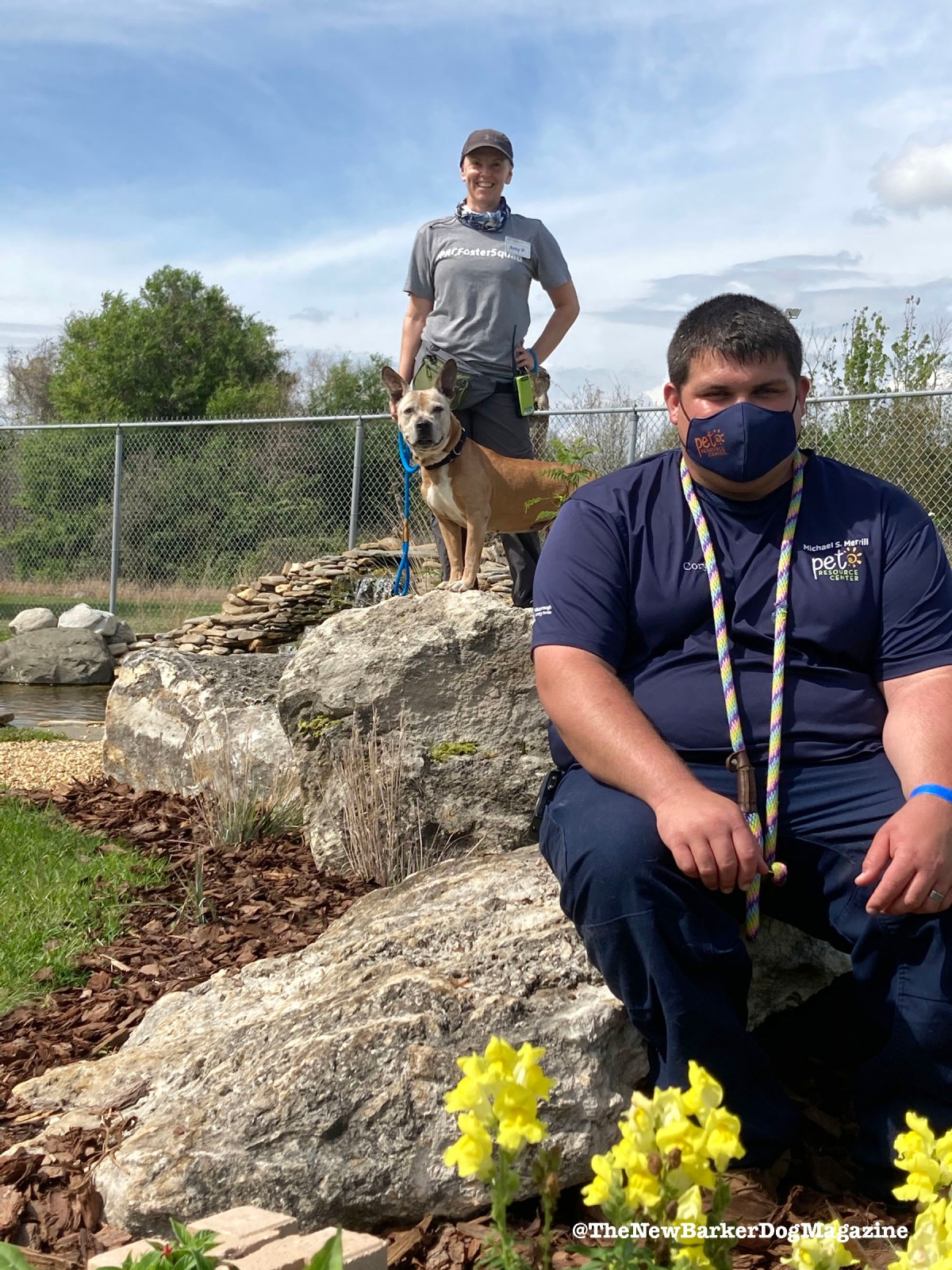





















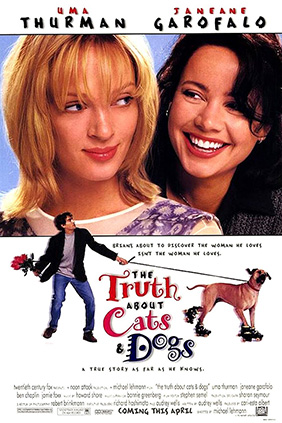



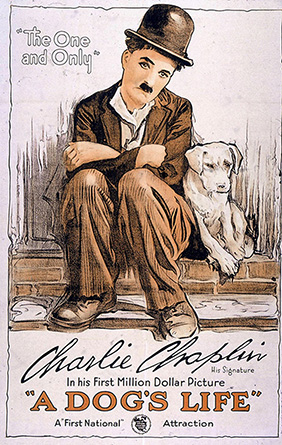



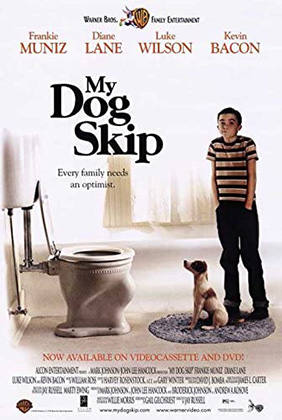
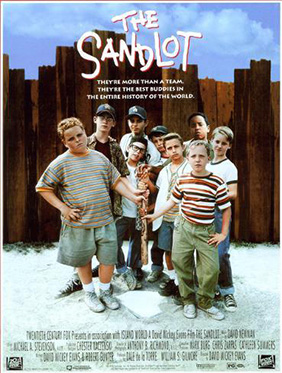



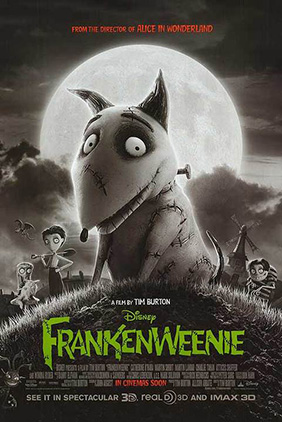





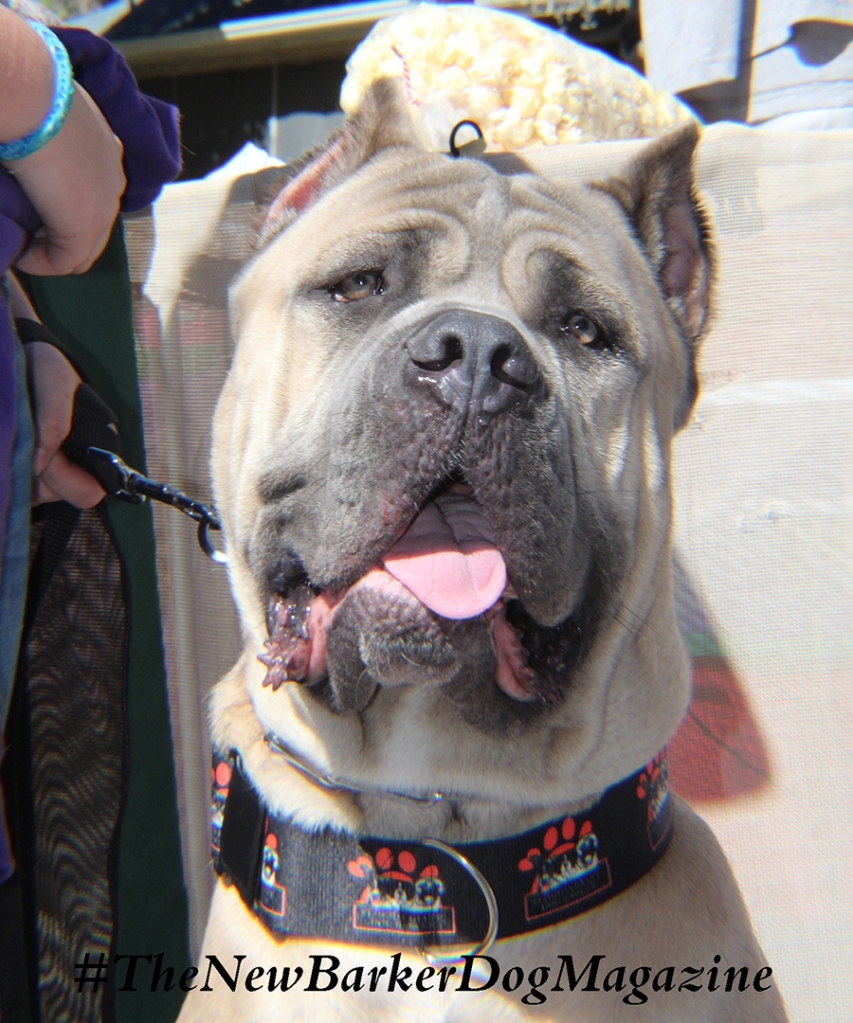











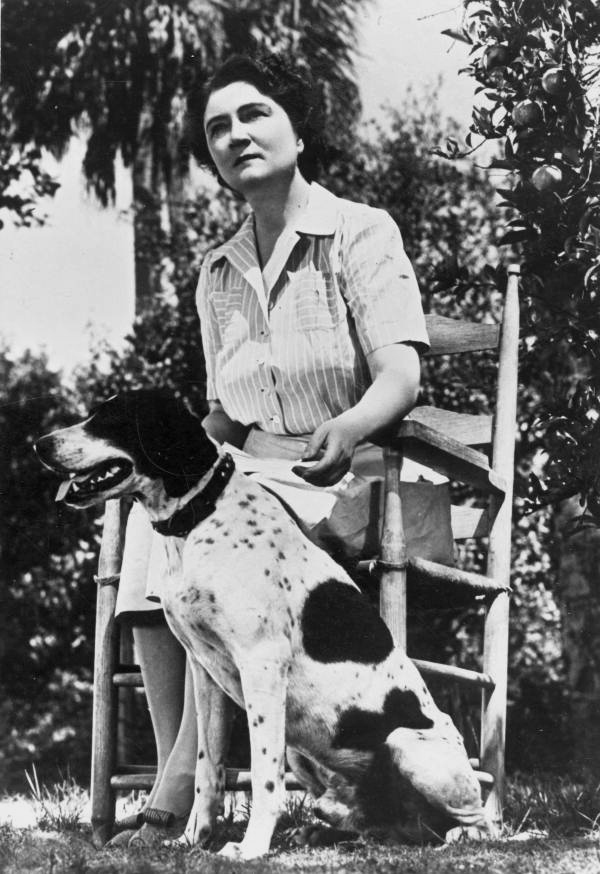




You must be logged in to post a comment.